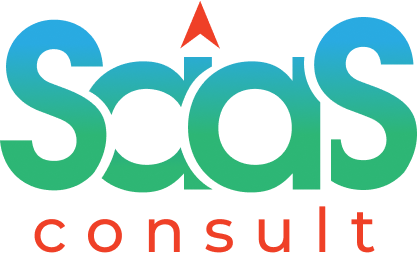What is Sales enablement
Sales enablement refers to the strategic alignment of resources, tools, and processes to empower sales teams and drive their success. It involves providing sales professionals with the right information, training, and support to effectively engage with prospects and customers throughout the sales cycle. The goal of sales enablement is to enhance sales productivity, improve conversion rates, and ultimately drive revenue growth. Here are some key aspects of sales enablement:
1. Content and Collateral: Sales enablement involves creating and curating relevant and impactful content that sales teams can use to educate, engage, and persuade prospects. This includes sales presentations, product brochures, case studies, and other sales collateral. The content should be easily accessible and tailored to different stages of the sales process.
2. Training and Development: Sales enablement programs provide ongoing training and development opportunities for sales professionals. This includes product knowledge training, sales techniques, objection handling, and effective communication skills. Training can be delivered through workshops, webinars, online courses, or coaching sessions to continuously improve the skills and knowledge of the sales team.
3. Sales Tools and Technology: Sales enablement leverages various tools and technologies to streamline and optimize sales processes. This includes CRM systems, sales automation tools, customer data platforms, and sales analytics software. Sales professionals are equipped with the right tools to manage leads, track customer interactions, and access real-time data and insights to make informed sales decisions.
4. Sales Process Optimization: Sales enablement focuses on optimizing the sales process to maximize efficiency and effectiveness. This involves defining clear sales stages, establishing standardized processes, and implementing best practices. Sales enablement professionals work closely with sales teams to identify bottlenecks, streamline workflows, and provide guidance on the most effective strategies and tactics.
5. Collaboration and Communication: Sales enablement encourages collaboration and communication among various teams involved in the sales process. This includes aligning marketing and sales efforts, facilitating regular communication between sales and other departments, and fostering a culture of knowledge sharing. Effective collaboration ensures that sales teams have access to the right resources and support from across the organization.
6. Performance Measurement and Feedback: Sales enablement involves tracking and measuring key sales metrics to evaluate performance and identify areas for improvement. This includes monitoring sales activities, conversion rates, pipeline velocity, and revenue generated. Feedback loops are established to provide sales teams with actionable insights and coaching to enhance their performance.
Sales enablement plays a crucial role in equipping sales teams with the tools, knowledge, and support they need to effectively engage with prospects and customers. By aligning resources and empowering sales professionals, organizations can drive sales effectiveness, improve customer satisfaction, and achieve their revenue goals.

